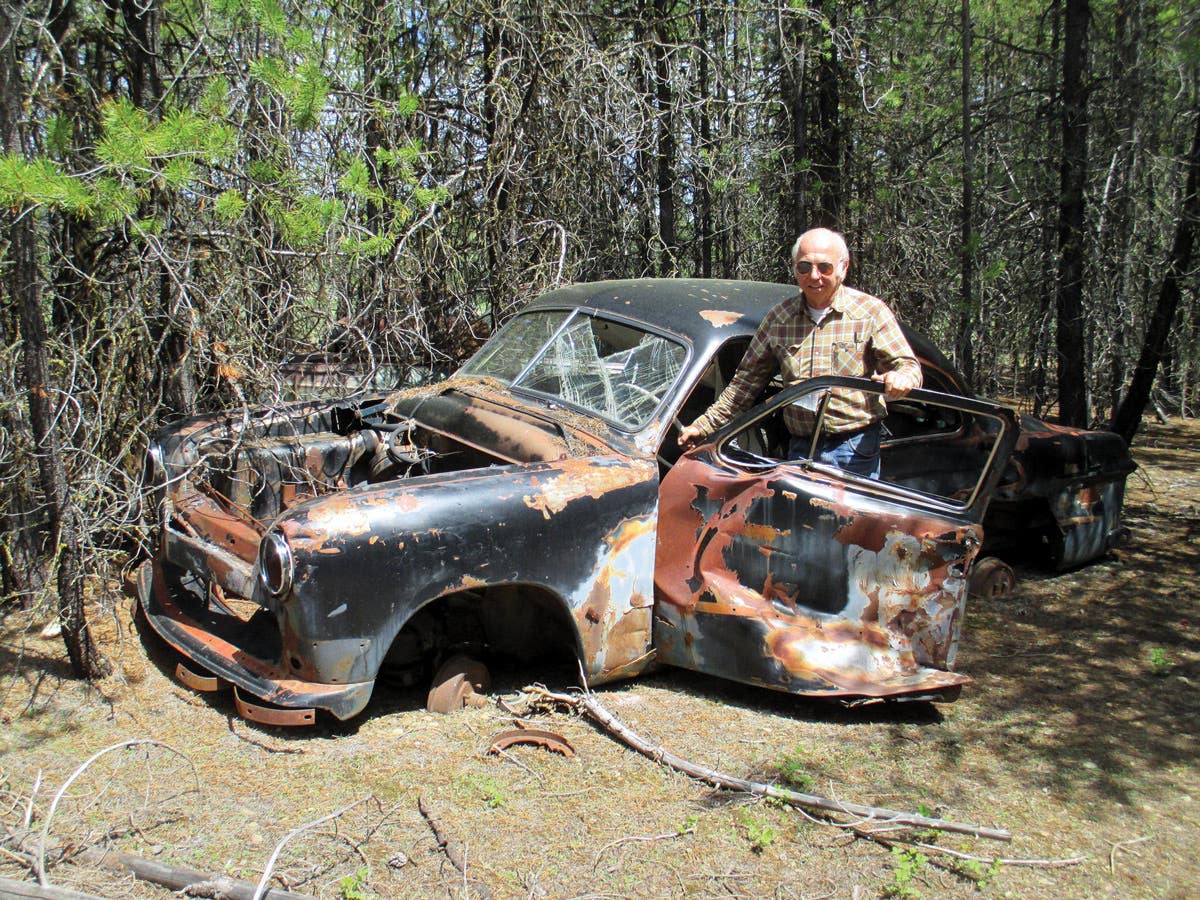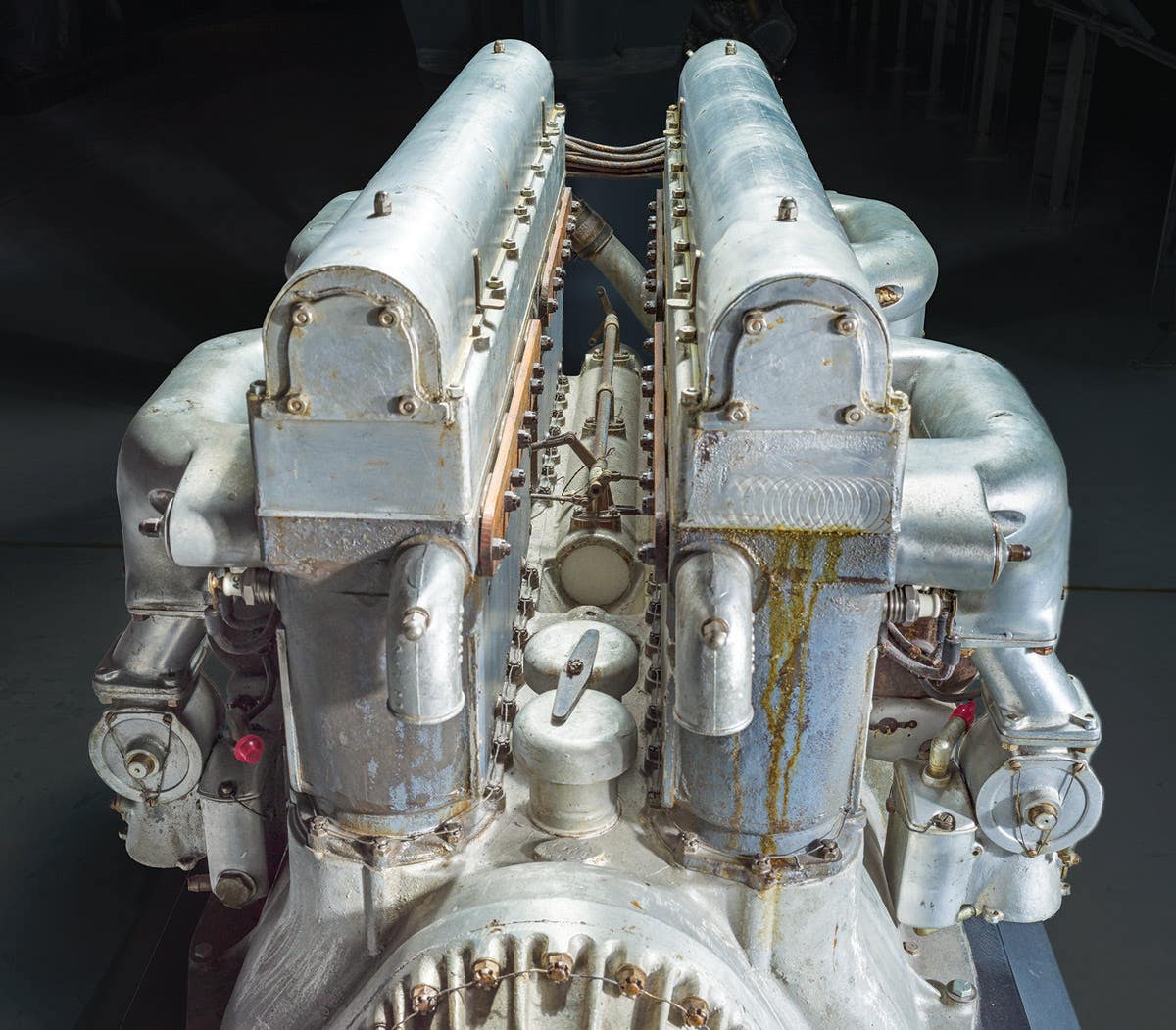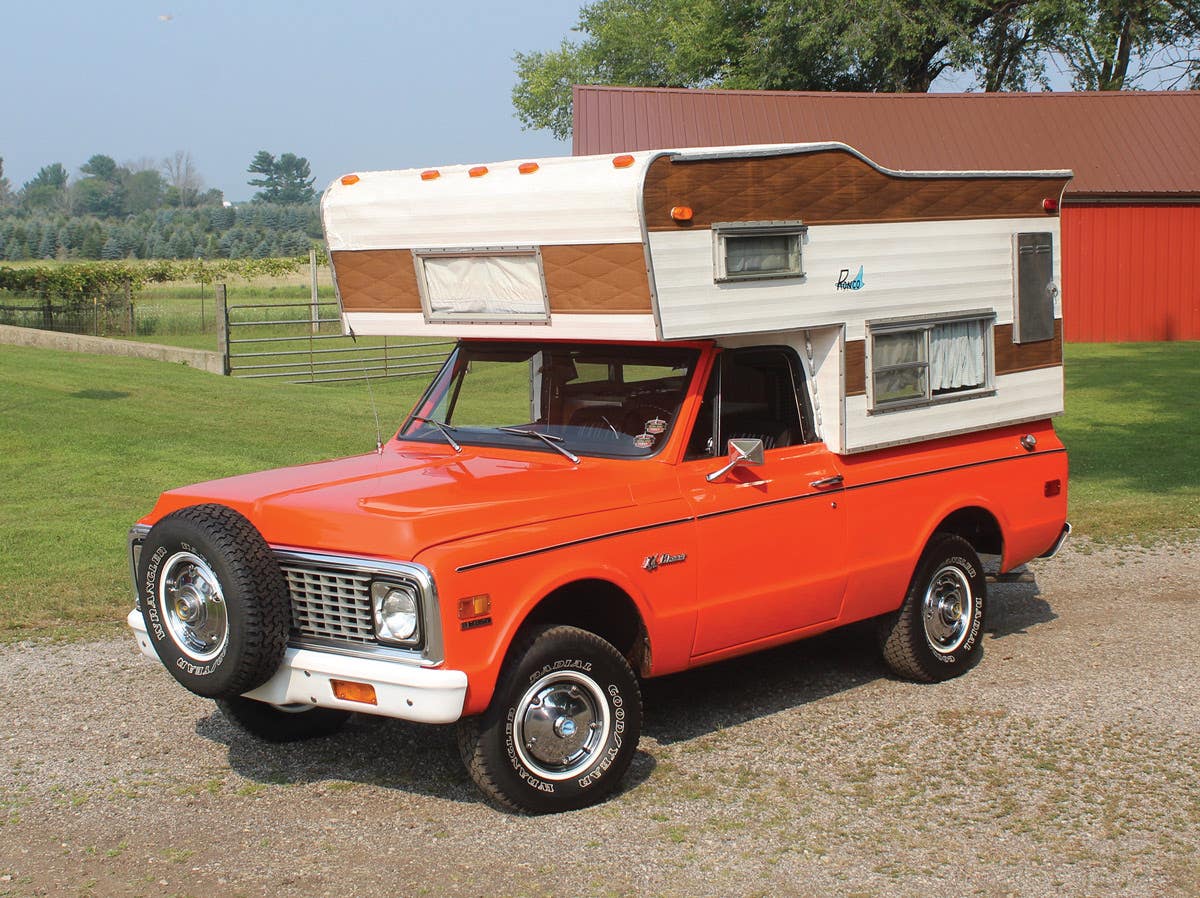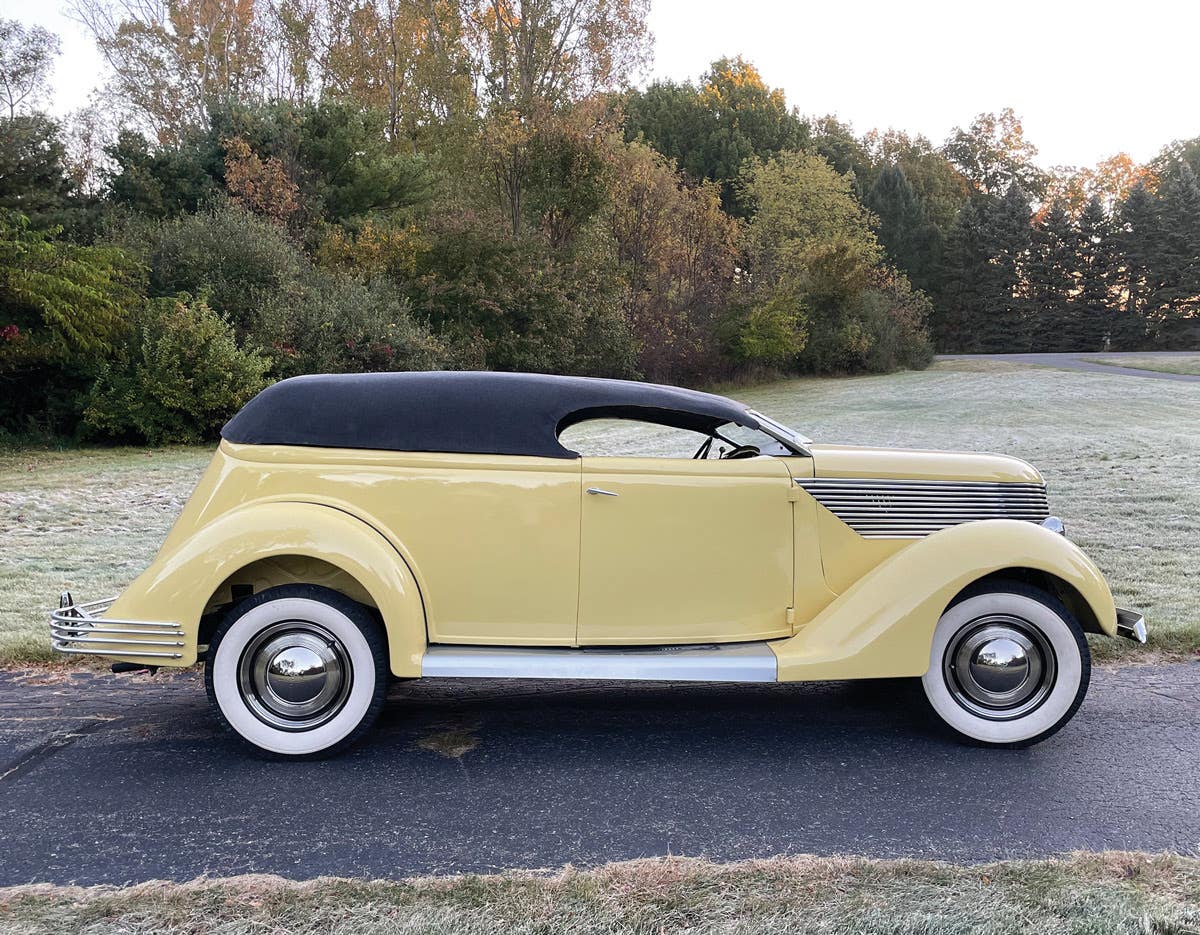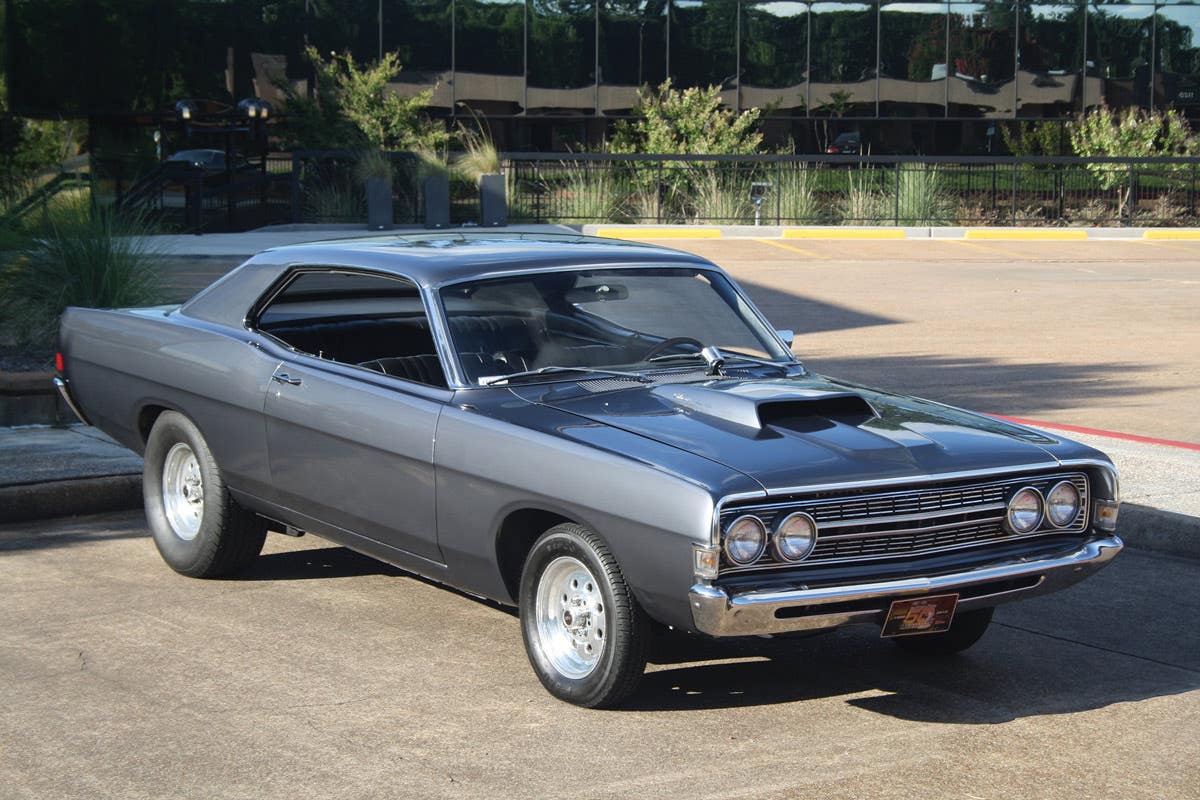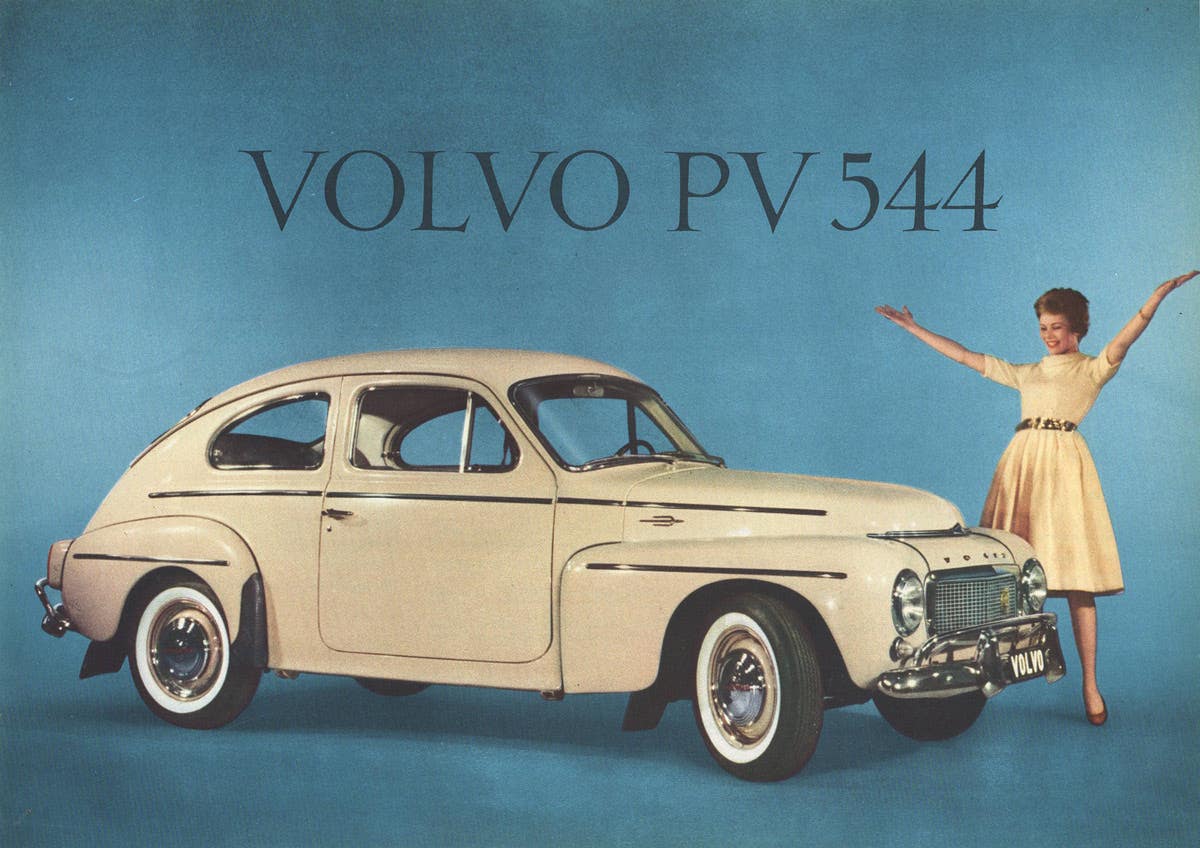You have questions, we have answers
Last night, OCW held its third webinar (online seminar) in which auction analysts Ron Kowalke, Phil Skinner and Brian Mitchell Carlson talked about what happened in Scottsdale during the auctions,…
Last night, OCW held its third webinar (online seminar) in which auction analysts Ron Kowalke, Phil Skinner and Brian Mitchell Carlson talked about what happened in Scottsdale during the auctions, as well as what trends emerged. Attendees asked several questions during the webinar, and I have posted them here to provide insight into questions emerged from hobbyists participating and watching the auctions.
Q: what impact do you think the eventual liquidation of the O'quinn collection will have on the market?
A: Our panelists agreed that a large number of similar cars (Duesenbergs, Packards, etc.) coming on the market at the same time would certainly affect the market. However, as RM Auctions appears to be the main auction company charged with whatever O'Quinn liquidation is occurring (partial or entire), the company plans to sell cars slowly over the next year or so, thus reducing the sudden impact. It's also notable that O'Quinn's buying policy was "buy at any cost," and that he paid absolute top dollar for many of the cars, so it's not likely those cars will fetch the same amount he paid, unless he has a clone out there somewhere with the same financial circumstances and passion.
Q: Are the cars in the AZ auctions a higher quality in comparison to the the restored cars in the Midwest?
A: I think it's important to note that the cars in Arizona come from all over the U.S., and many of them at the AZ auctions are from the Midwest. Do I think that the prices paid in Arizona are higher than in the Midwest? Certainly, largely because the scale of money is higher on the West Coast than it is in the Midwest (A $40,000 car is a greater percentage of a wage earner's income in the Midwest than it is to someone in, say, Los Angeles). Of course, there are a lot of bidders in Scottsdale who have come from places in California to bid on cars and have that disposable income.
Q: As a collector car underwriter I see a lot of over valued vehicles on vehicles that are under 20 years of age not including Shelby Mustangs but should probably include them.
A: I think a lot of the newer cars at Scottsdale are connected with charities, and that's why the bids are so high. I also suspect newer cars in Scottsdale go for higher prices because of the excitement and the fact that older cars are going for so much money, people lose perspective of the fact newer cars are more readily available in similar condition and can be found by other means.
Q: Do you think certain seasoned bidders are bidding on paticular vehicle models to increase the value of their own owned like vehicle models or just to keep the values from going down and or to increase enthusiasm on like vehicles?
A: I think we answered this one late, but as a recap, I would say that there is a small amount of bidders who bid on each other's cars, figuring they can just swap inventory. Overall, there is now very little activity where owners are bidding on their own cars. There's also not much of people bidding on cars similar to theirs who don't intend to own the cars, especially at no-reserve sales.
Angelo Van Bogart is the editor of Old Cars magazine and wrote the column "Hot Wheels Hunting" for Toy Cars & Models magazine for several years. He has authored several books including "Hot Wheels 40 Years," "Hot Wheels Classics: The Redline Era" and "Cadillac: 100 Years of Innovation." His 2023 book "Inside the Duesenberg SSJ" is his latest. He can be reached at avanbogart@aimmedia.com



